| Plant Habit: | Shrub |
| Life cycle: | Perennial |
| Sun Requirements: | Full Sun Full Sun to Partial Shade Partial or Dappled Shade |
| Water Preferences: | Wet Wet Mesic Mesic |
| Soil pH Preferences: | Strongly acid (5.1 – 5.5) Moderately acid (5.6 – 6.0) |
| Minimum cold hardiness: | Zone 3 -40 °C (-40 °F) to -37.2 °C (-35) |
| Maximum recommended zone: | Zone 9b |
| Plant Height: | 6 - 12 feet (1.8 - 3.6 m) |
| Plant Spread: | 6 - 12 feet (1.8 - 3.6 m) |
| Leaves: | Good fall color Deciduous |
| Fruit: | Showy Edible to birds |
| Fruiting Time: | Late summer or early fall |
| Flowers: | Inconspicuous Blooms on old wood Blooms on new wood |
| Flower Color: | White |
| Bloom Size: | Under 1" |
| Flower Time: | Late spring or early summer |
| Uses: | Windbreak or Hedge Provides winter interest Will Naturalize |
| Wildlife Attractant: | Bees Birds Butterflies |
| Propagation: Seeds: | Stratify seeds Other info: Must have both a male-flowered and female-flowered plants with overlapping bloom times to have berries. |
| Propagation: Other methods: | Cuttings: Stem Cuttings: Tip Layering Division |
| Pollinators: | Bees |
| Miscellaneous: | Dioecious |
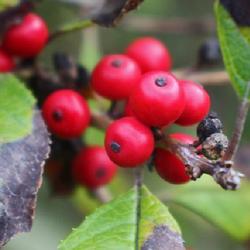
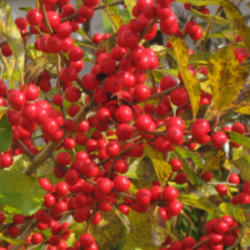

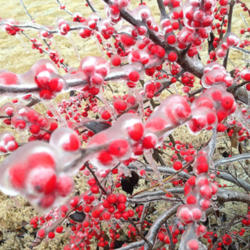
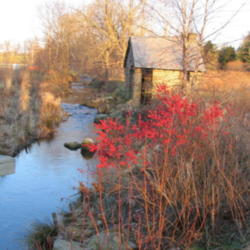
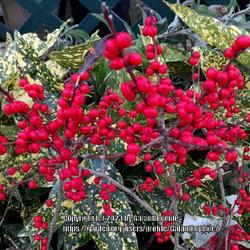
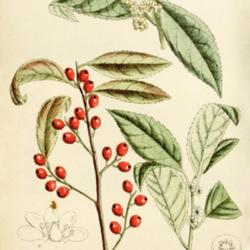

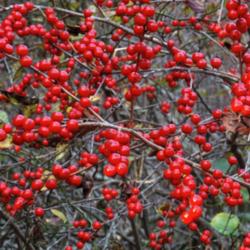
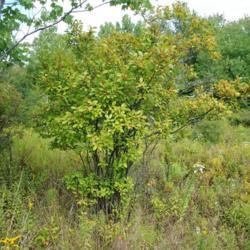
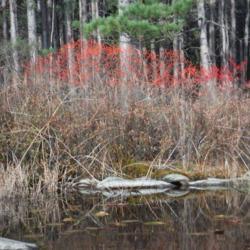
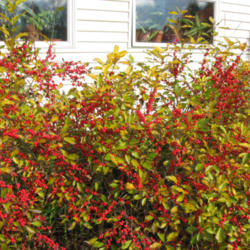

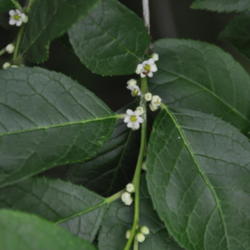


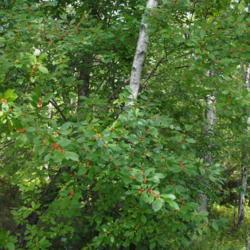
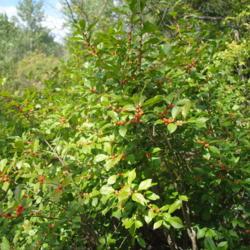
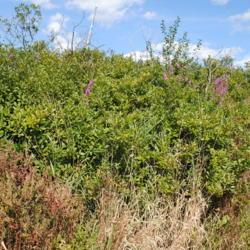
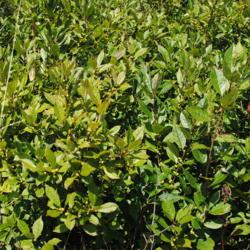
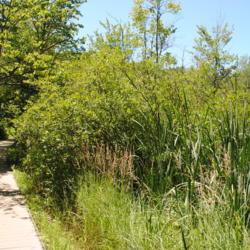

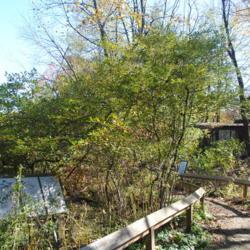
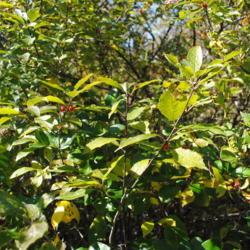
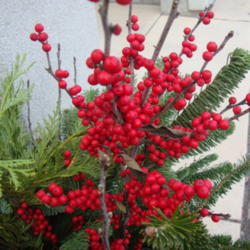
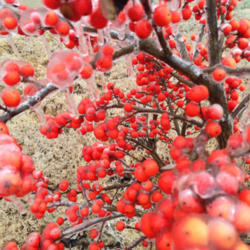
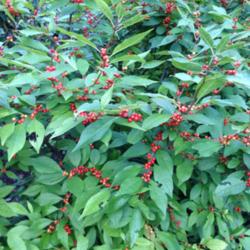

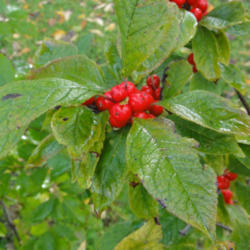
| Thread Title | Last Reply | Replies |
|---|---|---|
| Wrong classification! by MotherRaphaela | Oct 18, 2014 7:44 AM | 2 |
« Add a new plant to the database
» Search the Ilex Database: by characteristics or by cultivar name
« See the general plant entry for Ilex